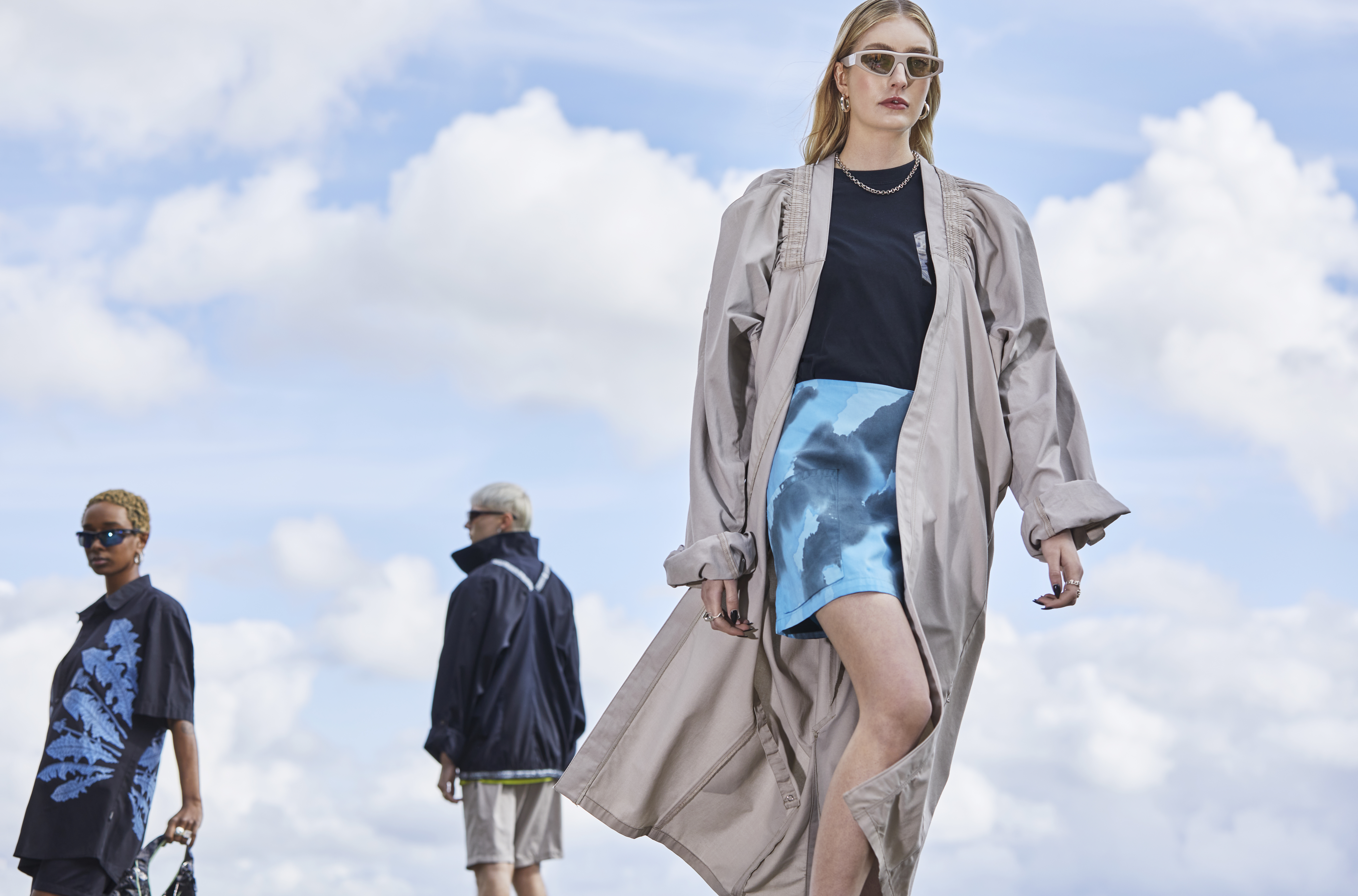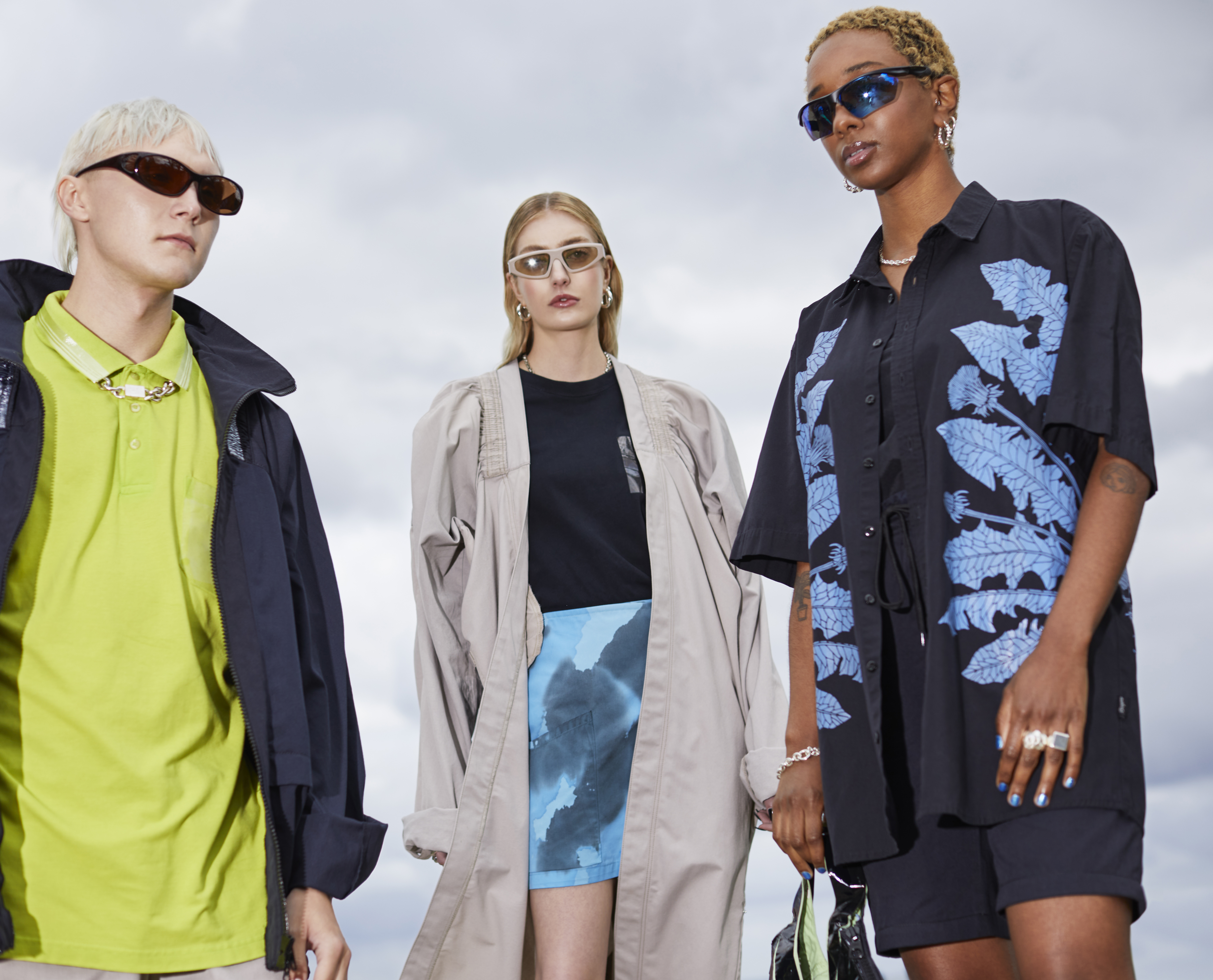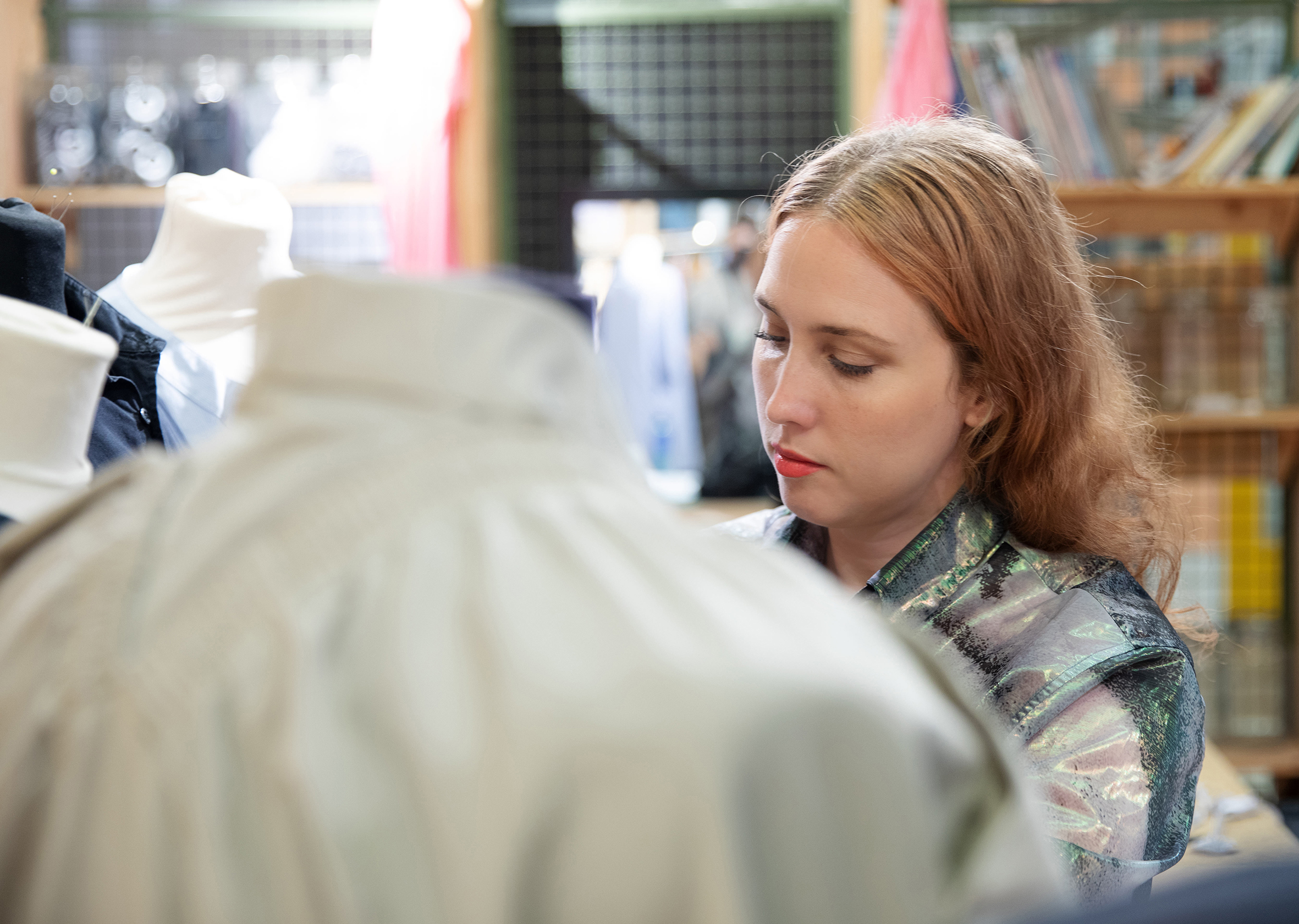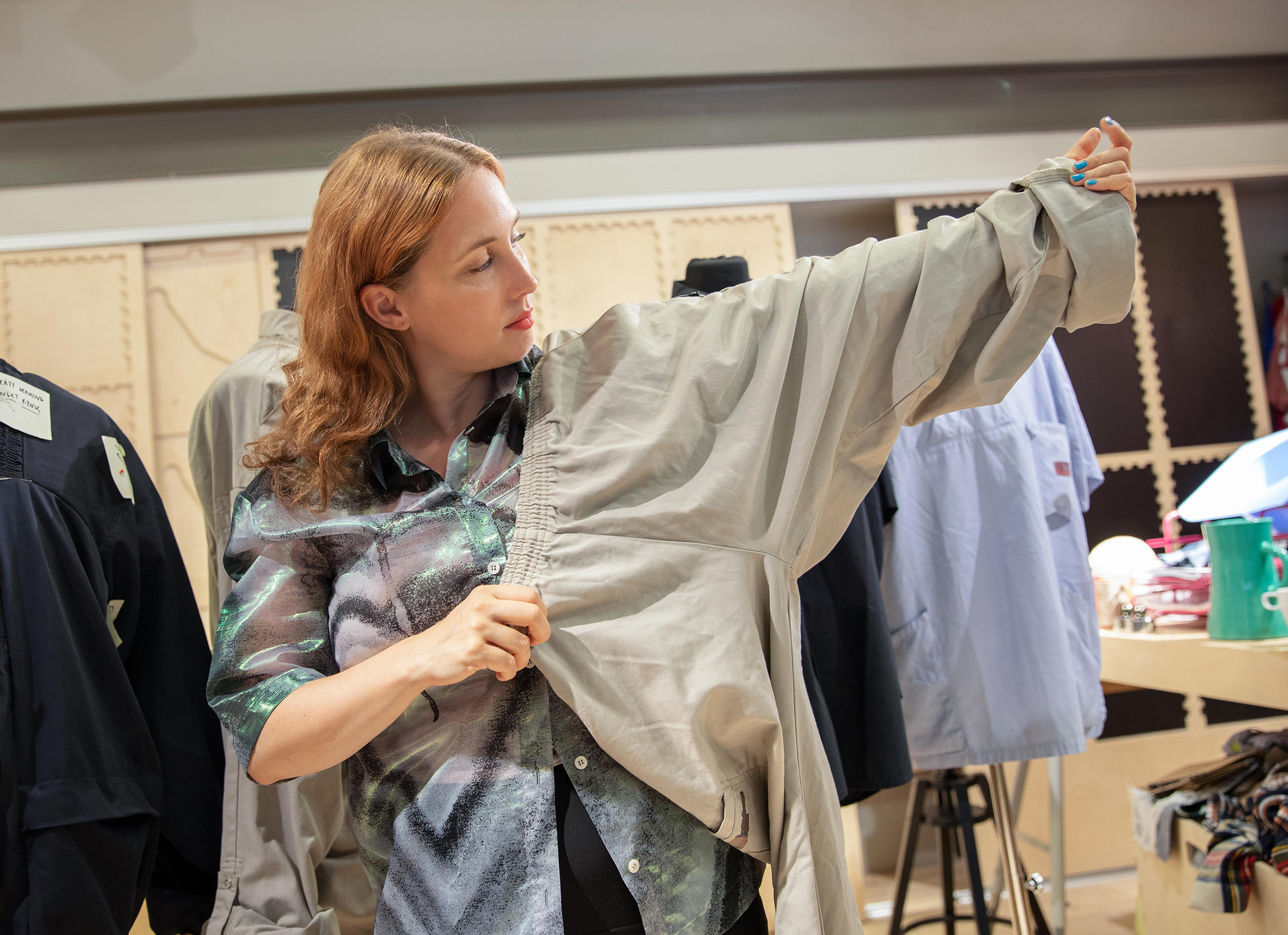
- Way Out West
- Re:Make

The fashion industry is facing problems with overproduction and leftover clothes. One way of addressing these problems is by being creative with clothes seen as “dead garments”, such as garment returns and samples from product development. Turning men’s styles into women’s styles, changing garment shapes, adding prints and details can bring new life to these garments – making them attractive to consumers again.
One way to make remake an attractive business opportunity for established fashion brands is through microfactories. A small-scale textile production line that include all the necessary steps, from sketch and cutting tables to sewing and even product photography.
The result could be a mini collection of remade garments, up to date and in line with the demands of today’s customers. Ready to be sold in the online store in less than a week.
City of Gothenburg
Elis
XV Production
Vividye
STINARAND
Efficient use of resources
Reduction of waste
Sustainable design methods
Sustainable consumer behavior
Cotton and/or polyester
By law, all public health employers in Sweden must provide functional workwear to their staff. Leasing the workwear from a laundry service is a convenient way for a municipality to provide clothes. When the leasing agreement is over, clothes are often returned to the supplier. Garments in good quality, that are specially tailored or label to a specific customer are very difficult to reuse for another customer.









The fashion industry is facing problems with overproduction and leftover clothes. One way of addressing these problems is by being creative with clothes seen as “dead garments”, such as garment returns and samples from product development. Turning men’s styles into women’s styles, changing garment shapes, adding prints and details can bring new life to these garments – making them attractive to consumers again.
One way to make remake an attractive business opportunity for established fashion brands is through microfactories. A small-scale textile production line that include all the necessary steps, from sketch and cutting tables to sewing and even product photography.
The result could be a mini collection of remade garments, up to date and in line with the demands of today’s customers. Ready to be sold in the online store in less than a week.
All group objects:
Each decision during product development affects sustainability and circularity. To develop products with lower environmental impact, the design team needs to be well aware of each component and process, and their individual and combined effect on the final product and its longevity.
One challenge is having comprehensive knowledge regarding sutainability when it comes to all of the components and processes that are a part of the production and lifetime of the garment. An additional challenge is implementing alternative design methods that do not require virgin components. Ongoing research inspires and shows methods to re-make existing products to have new functionalities and designs with an upgraded look.
With higher traceability when it comes to materials, components, and processes, there are increased possibilities for more conscious decisions. If communicated well, this gives the consumer a better basis for decisions.